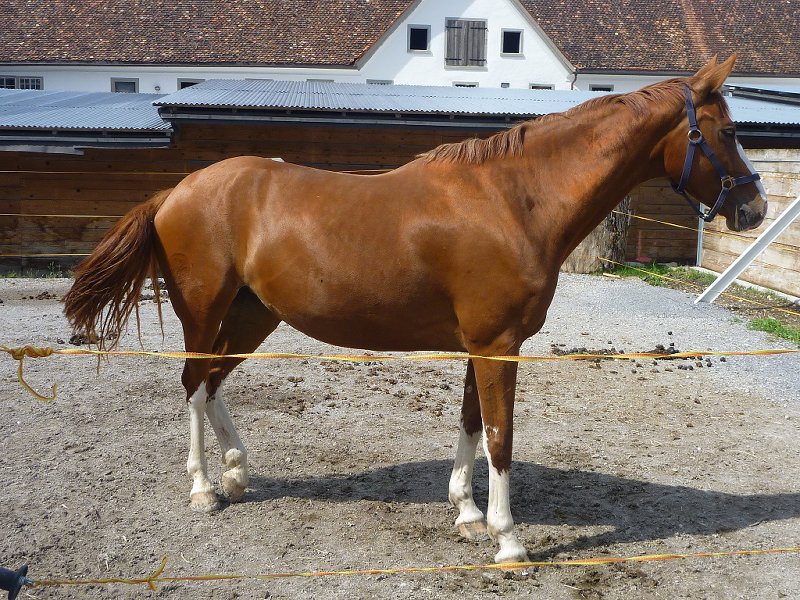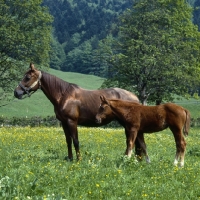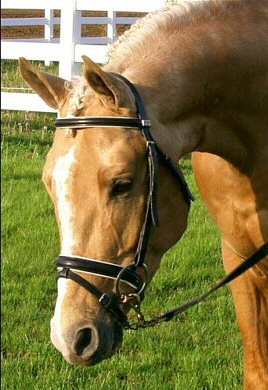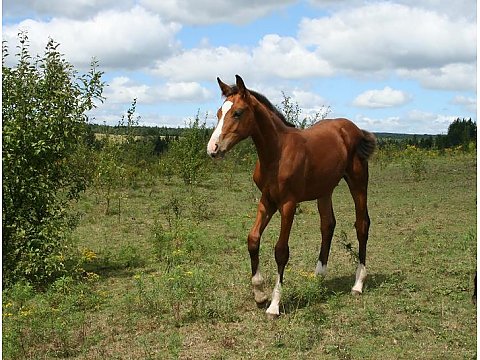



|
Einsiedler Qualities
The Einsiedler horse is beauty and sporty combined. They are considered a sound animal with a decent amount of patience. Attractive and strong, they are easy to tend to and noted as being full of life. One can find these creatures in France, Germany, Italy, Switzerland, and Austria. With many uses for them, they can generally be utilized as competition horses for the most part. With that said, they are also excellent for work horses in many areas. They are one of the breeds referred to as a type of horse born with natural athletic abilities and talents. They can also be used for riding and harness purposes. They can even be dressed in full harness and, unlike some breeds, they do not mind getting into costume at all.
Einsiedler Temperament
Locating the exact temperament of a horse can take a few weeks to fully grasp. The Einsiedler horse is a calm and gentle breed. They are also described as being animals that are willing to be trained and comply with patience. Loyal and fun loving, this horse is very well mannered.
Einsiedler Appearance
Einsiedler horses are around sixteen hands when fully grown. They can be found in virtually any coat color, but generally always their coats are solid and not combinations or spotted ones. Loaded with muscles in the head, quarters, neck, and back makes these creatures ideal for working. A very long animal with a head that sports the common convex profile.
Einsiedler Upkeep
Keeping up with your Einsiedler horse is not too complex. They can generally reside just about anywhere and are happily to oblige their owners. Overall, when an animal is simple to care for and has a way of finding their own resources, you've got yourself a winner. This just so happens to be one of those horses.
Einsiedler History
The Einsiedler horse breed comes from Switzerland. They have been noted as the ‘Swiss Anglo Norman’ or the ‘Swiss Half Bred’ styles, though either way you refer to them they are unquestionably warm blooded horses. An aged breed, some experts claim they have been in circulation since way back in the tenth century. Deriving from the Benedictine Abbey of Einsiedeln by the Schwyer Horses, a local stock establishment. Around the middle of the sixteenth century, they founded their very own studbook for this breed. It became so popular that by the middle of the seventieth century a new studbook was in rotation created by Father Isidor Moser. They were recreated by utilizing mares of Anglo Norman decent and ones of Holstein roots to formulate a breed referred to as Bracken. Some breeders continued their efforts of crossing the blood lines and went on experimenting with Swedish ones alike. These horses survive a rigorous inspection process, with testing at age three and then once more at age five.
|